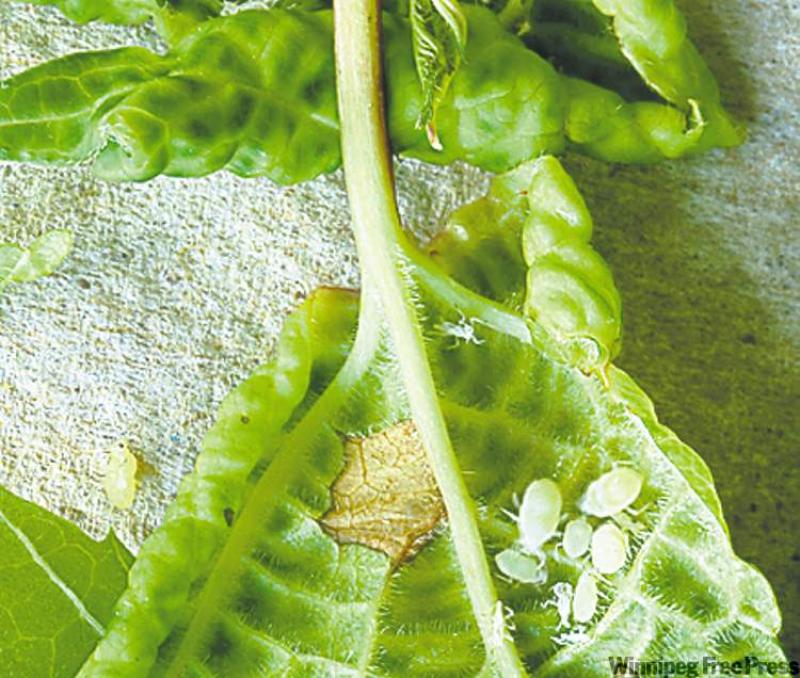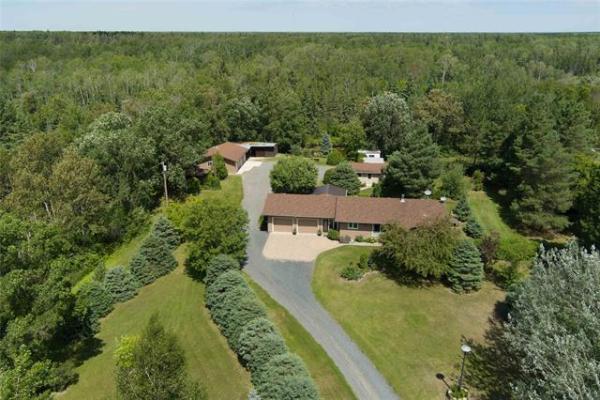Within the last three months I have had easily 150 questions about black knot disease on Schubert choke cherry. No other tree related inquiry directed to me has generated so much concern and interest in such a short period of time.
In my last article on this topic on April 16 a number of readers were concerned about a comment I made which they interpreted as a human health effect from this disease.
Black knot disease simply cannot affect our health. I mentioned in the article they should "Always use protective breathing measures" when ''spraying (a pruning tool) with a disinfectant such as methyl hydrate". Methyl hydrate is a toxic substance especially when it is not used properly so I was advising the reader to take precautions when spraying this material. The product label also has a warning.
I have had many inquiries about bark girdling by voles and rabbits this spring: "Voles have girdled the bark around the entire trunk of my cedar tree. What can I do to save my tree?".
Cedars have been particularly hard hit by these little animals. Voles usually feed on bark right down to the ground level to the junction of the stem and the roots. First you want to prevent excessive drying of the exposed wood. Sometimes the tree can grow back damaged bark and living cells in the special area called 'cambium'. Cambium is a critical layer of living cells that produces 'phloem cells' and eventually bark cells on the outside. The cambium produces 'xylem or wood cells' on the inside. If the cambium is completely destroyed the tree is permanently girdled and dies. Other than applying a protective insulating material (such as Wilson's tree pruning seal or Nu Bark bees wax or grafting wax) to reduce excessive dryness and to encourage new cell growth, there is not much else that can be done for ground level girdling.
If the bark below the girdling is intact then there may be an opportunity to use a bridge grafting technique. This approach uses twigs from the same tree that have been sliced vertically down the middle. These twigs are then shaped so that they can be slipped under the bark above and below the girdled area. The connections are covered with grafting wax.
The twigs are faced cut side down over the exposed area. Space them an inch or so apart. I recommend that you go on line into your computer to see the easy to follow instructions on how to do bridge grafting.
During the summers of previous years, a common question I get from readers is "How can I get rid of aphids feeding on the underside of curled leaves especially on my dogwood shrubs?" Once aphids have caused the leaves to curl into a tight enclosure it is almost impossible to get rid of them. Spring is the best time to start your control of aphids without using any chemicals.
At the same time as the leaves start to emerge from the buds, aphids are emerging from their eggs which have over-wintered on the shrub or tree. With your hose and water you can spray the underside of new leaves carefully to physically knock off crawling aphid nymphs (the youngest form of the insect) which at this time are very difficult to see without a good magnifier.
The nymphs are crawlers so they can be easily removed with water sprayed onto the underside of the leaves.
Do this faithfully at least every week in May and June. Lee Valley Tools has a product called a 'bug blaster' that attaches to your hose that can remove crawling sucking pests in the nymph stage such as aphids, mites, spider mites, mealy bugs and scales. The tool has a rotating head that sprays water constantly in 360 degrees under the leaves.
Michael Allen is a consulting urban forester and certified I.S.A. arborist and owner of Viburnum Tree Experts. He specializes in diagnosing tree and shrub problems, and makes house and garden visits to assess these problems. He can be contacted by calling 831-6503 or by email at viburnumtrees@shaw.ca




